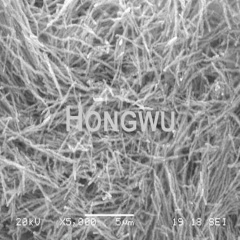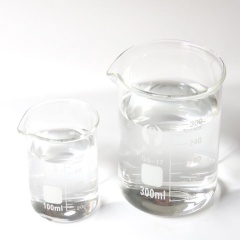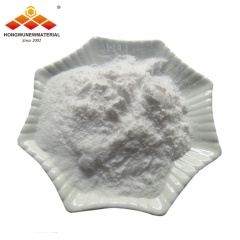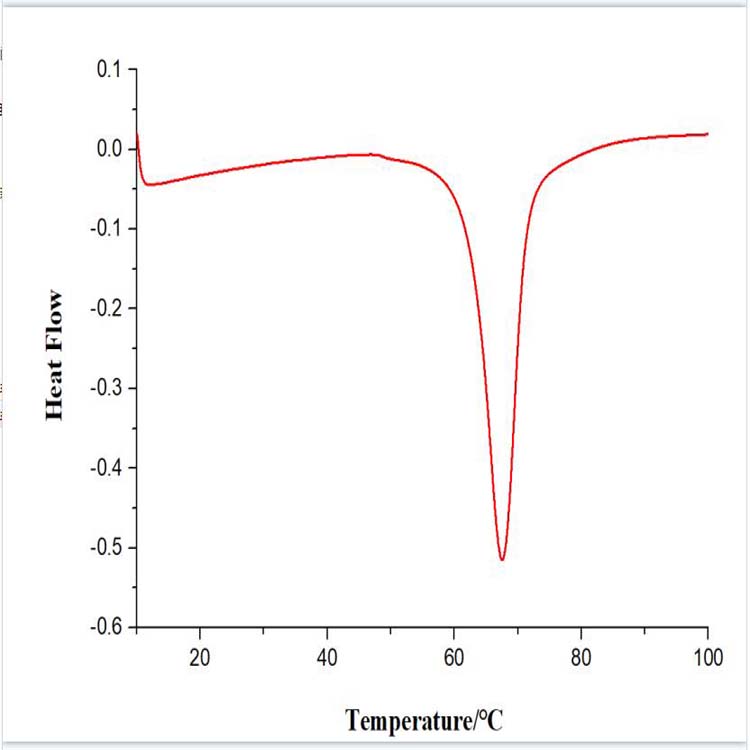Oxide Nanomaterials using in the glasses for Self-cleaning, transparent insulation, infrared absorption, conductive glass.
1. Nano titanium dioxide
Ordinary glass will adsorb organic matter in the air during use, forming dirt that is difficult to clean. At the same time, water easily forms water mist on the glass, affecting visibility and shininess. The nano-glass formed by plating a layer of TiO2 nano-film on both sides of the flat glass can effectively solve the above defects. At the same time, the titanium dioxide photocatalyst can decompose and advise harmful gases such as ammonia under the action of sunlight. In addition, nano glass has very good light transmission and mechanical strength, and this glass can be used for screen glass, building glass, residential glass and the like without manual troublesome cleaning.
2. ATO nano powder
ATO nanomaterials have a high barrier to infrared light and are transparent to visible light.The nano-ATO is dispersed in water and mixed with a suitable aqueous resin to form a coating, which can replace the metal coating to provide a transparent heat insulation effect on the glass. Environmentally friendly and energy efficient, it has high application value.
3. Nano Cesium Tungsten Bronze
Cesium Tungsten Bronze has the best near-infrared absorption properties. Generally, 2 g per square meter of coating can achieve a transmittance of less than 10% at 950 nm (this data indicates absorption of near-infrared rays). At the same time, more than 70% transmittance can be achieved at 550 nm (70% of the indicators are the basic indicators of most high-transparent films).
4. ITO nano powder
The main component of the ITO film layer is indium tin oxide. In the case of a thickness of only a few thousand angstroms (one angstrom equals 0.1 nanometer), the indium oxide transmittance is as high as 90% or more, and the tin oxide is highly conductive, and the ITO glass used for the liquid crystal display is a conductive material having high transmittance. glass.
There are many other nanomaterials that can also be used in glass, here cannot list much of them. It is expected that more and more nano functional materials will be a part of people's daily life and bring convenience with technology.


 English
English français
français Deutsch
Deutsch русский
русский italiano
italiano español
español português
português 日本語
日本語 한국의
한국의 Türkçe
Türkçe

















 8620-87226359,8620-87748917
8620-87226359,8620-87748917

